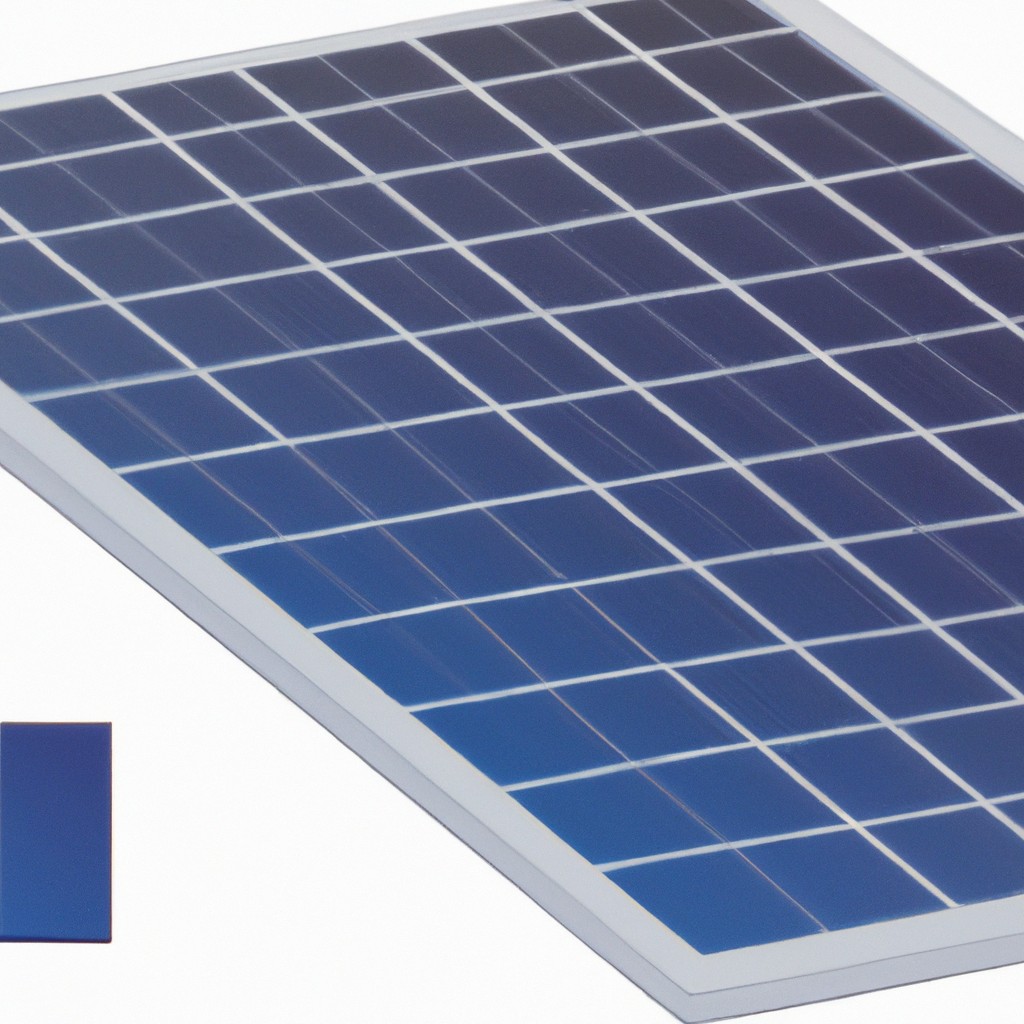You will learn what solar flares are, how they affect Earth, and why they are fascinating phenomena in our solar system.
Key takeaways:
- Solar flares are explosive releases of magnetic energy from the Sun’s atmosphere.
- Solar flares are caused by the Sun’s magnetic fields twisting and snapping.
- Solar flares can have various effects on Earth, including disruptions to GPS systems and power grids.
- Observing tools such as telescopes, satellites, and ground-based observatories are used to study solar flares.
- Predicting solar flares is challenging but involves monitoring sunspots and using solar models.
Description

Imagine your sunburn got angry and decided to throw a tantrum across the solar system. That’s pretty much a solar flare. These bursts of energy are like the Sun’s way of showing some dramatic flair (pun absolutely intended).
First, think of it as an explosive release of magnetic energy stored in the Sun’s atmosphere. A massive amount of energy is hurled into space, and we’re talking energy levels that would make a supernova’s fireworks look like sparklers.
- Here’s the lowdown:
- Intense electromagnetic radiation gets shot into space, covering a wide spectrum from radio waves to x-rays.
- The flares often happen near sunspots, those dark patches that are cooler and highly magnetic.
- They usually last for a few minutes to several hours, but don’t worry, the light show isn’t ticketed.
And trust me, if you’ve ever been caught in a laser tag game with overenthusiastic teens, you’d get a small fraction of the chaos happening up there.
Cause
Our star, the Sun, isn’t just sitting there sipping plasma cocktails. It’s a bustling, churning ball of hot gas. Deep in its core, nuclear fusion is ongoing, turning hydrogen into helium and releasing an enormous amount of energy.
Every now and then, this energy gets all tangled up in the Sun’s magnetic fields, which sometimes resemble a toddler’s hair after a head-on collision with a lollipop. When the magnetic fields twist and snap, the Sun experiences what can only be compared to a cosmic temper tantrum, releasing energy in a bright burst. That’s a solar flare.
Here’s the wild part: these magnetic contortions can sling hot plasma into space at breakneck speeds. Talk about a dramatic exit. Scientists attribute solar flares to the intense magnetic activity occurring around sunspots, those dark patches sulking on the Sun’s surface. If sunspots were teenagers, solar flares would be their rebellious outbursts.
Effects
Strap on your seatbelt; solar flares pack quite a punch. They spew out a stew of high-energy particles, which likes to zip toward Earth faster than a cheetah on a skateboard. This burst of energy can frazzle Earth’s magnetic field. You’ve probably heard of auroras – those mesmerizing light shows, courtesy of solar flares.
But there’s more. GPS systems get confused, radio communications can become about as useful as a chocolate teapot, and power grids might decide to take an impromptu nap. Airplane pilots, flying over the poles, might need to take a detour, like a cosmic road trip gone wrong. Even astronauts get a dose of extra radiation – definitely not the spa treatment they were hoping for.
On the lighter side, solar flares can cause some electrifying disruptions in our high-tech world. It’s like the Sun’s sending us a reminder: “Hey, don’t forget about me up here!”
Observations
To keep an eye on these solar tantrums, we use some pretty nifty tools. Here’s a quick rundown:
Telescopes: Not your backyard variety. These babies are often stationed in space, like the Solar Dynamics Observatory (SDO). They capture detailed images and videos of solar flares.
Satellites: Our cosmic watchdogs, these orbit the Earth and keep tabs on the Sun’s shenanigans. Instruments aboard these satellites detect X-rays and ultraviolet rays.
Radio telescopes: Yes, even radio waves aren’t safe from solar flares’ flair. These telescopes help us listen to the Sun’s noisy outbursts.
Ground-based observatories: While a bit closer to home, they play a vital role, using special filters to observe the Sun without turning eyeballs into toast.
Amateur astronomers: Believe it or not, hobbyists with the right equipment can also catch a glimpse of solar flares. Just remember, sunglasses won’t cut it.
So, there we have it. Humans and technology, united in the quest to keep an eye on our capricious star. Pretty cool, right? Or should we say, pretty hot?
Prediction
Predicting when our sun will throw a cosmic tantrum is no easy task. Scientists use a combination of techniques to try and stay ahead of these fiery events.
Observing sunspots, those dark patches on the sun’s surface, is a key part of the process. More sunspots often mean a higher chance of a solar flare.
Space weather satellites constantly monitor the sun’s activity. These diligent sentinels provide real-time data.
Solar models also play a big role. They simulate the sun’s behavior and help anticipate flare activity. Think of them as a crystal ball, but, you know, based on science.
Helioseismology, the study of solar vibrations, gives clues about what’s brewing. It’s like listening to the sun’s heartbeat to gauge its mood.
Despite all these efforts, solar flares remain somewhat unpredictable. They have a knack for keeping us on our toes, just like a cat knocking things off countertops.




